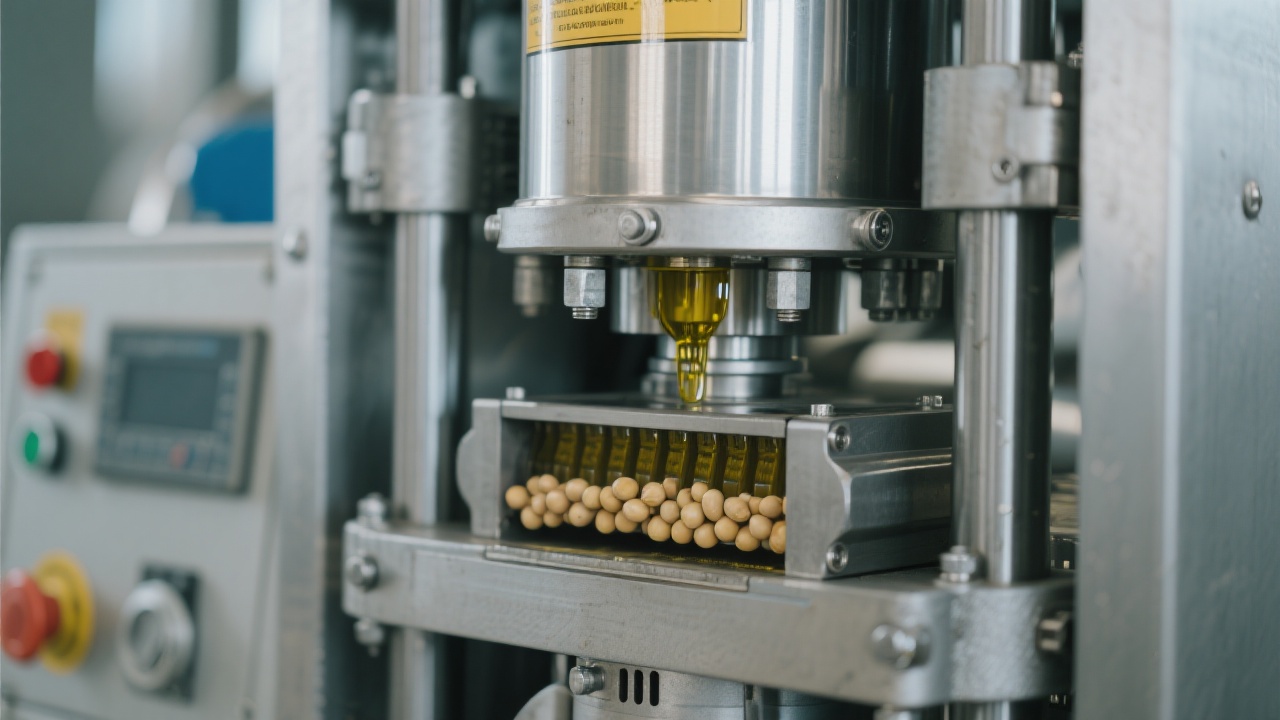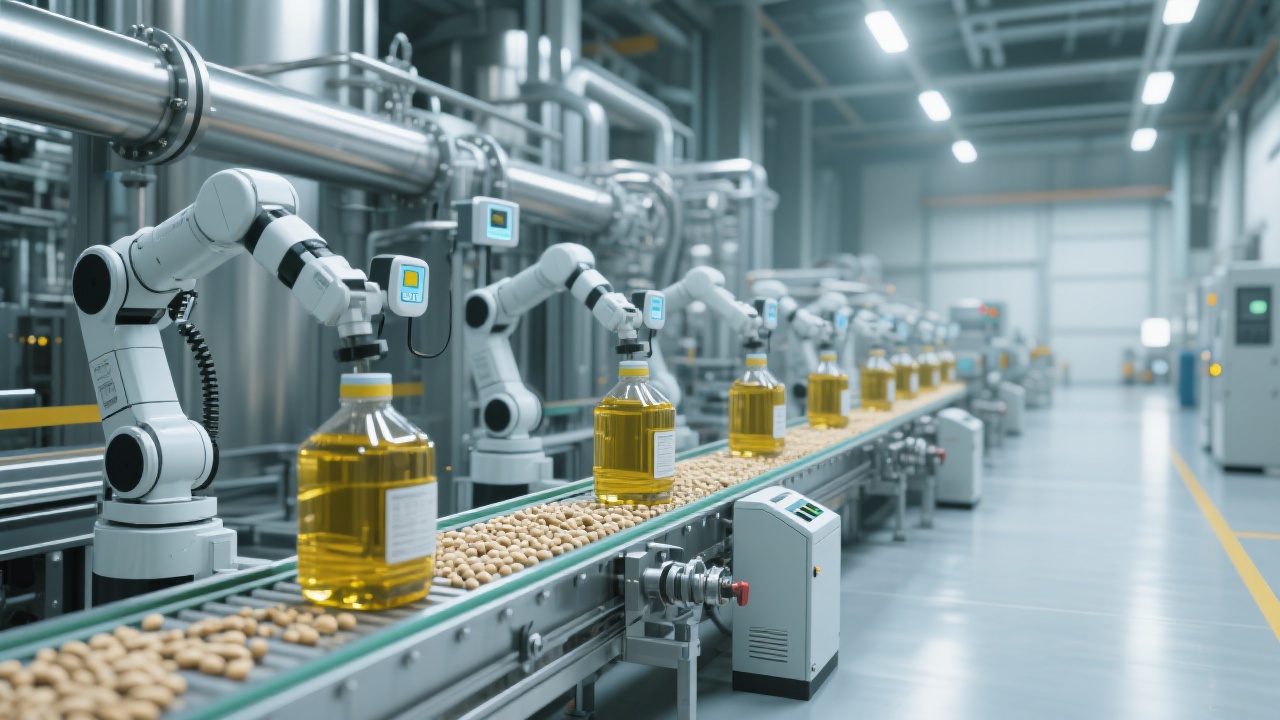
Sunflower seed oil is a popular vegetable oil known for its health - benefits and wide - ranging applications in the food industry, from cooking to food processing. As the global demand for sunflower seed oil continues to rise, the role of sunflower seed oil presses has become increasingly crucial in commercial production. There are two main types of presses: hot - pressing and cold - pressing. Understanding their differences is essential for businesses aiming to optimize production.

Hot - pressing technology involves heating sunflower seeds before the pressing process. By raising the temperature of the seeds to around 100 - 120°C, the oil viscosity is reduced, and the cell walls of the seeds are broken down more effectively. This allows for a higher extraction rate of oil. On average, hot - pressing can achieve an oil yield of about 40% - 45%, while cold - pressing typically yields around 30% - 35%. For a commercial production plant processing 10 tons of sunflower seeds per day, the hot - pressing method can produce approximately 4 - 4.5 tons of oil, compared to 3 - 3.5 tons from cold - pressing.
The reduction in oil viscosity also means that less energy is required during the pressing process, which in turn reduces the overall production cost. With hot - pressing, the cost per ton of oil produced can be up to 15% lower than that of cold - pressing.
| Features | Cold - Pressing | Hot - Pressing |
|---|---|---|
| Oil Quality | Higher in nutrients, with a more natural flavor and aroma. Suitable for high - end markets that value pure and unadulterated oil. | May have a slightly altered flavor due to heating, but still meets general food - grade standards. Ideal for large - scale food processing where quantity is important. |
| Production Efficiency | Lower oil yield and slower pressing speed, less suitable for large - scale production. | Higher oil yield and faster pressing speed, capable of meeting large - scale production demands. |
| Cost | Higher production cost due to lower yield and longer processing time. | Lower production cost, more cost - effective for mass production. |
In commercial production, finding the right balance between oil quality and quantity is crucial. For businesses targeting high - end markets, such as organic food stores or specialty restaurants, a combination of both cold - pressing and hot - pressing can be adopted. Cold - pressed oil can be used for premium products, while hot - pressed oil can be used for more general food processing. This strategy allows businesses to meet different market demands while maximizing overall profitability.
A sunflower seed oil production company in Europe increased its annual production by 30% after switching from cold - pressing to hot - pressing equipment. The company was able to meet the growing market demand and expand its market share. Another case is an Asian food processing plant. By using hot - pressing technology, it reduced its production cost by 20% and improved its profit margin significantly.

Hot - pressing oil presses offer several core advantages in commercial production. They provide higher oil yields, which directly contribute to increased production volume. The lower production cost also makes them more competitive in the market. Additionally, the faster pressing speed enables businesses to respond quickly to market demand. For large - scale commercial production, hot - pressing is often the more suitable choice.
If you are looking to enhance your sunflower seed oil production efficiency, reduce costs, and increase your output, our hot - pressing oil presses are the ideal solution. Click here to learn more.

